Ghee has been used from ancient times and has been made a comeback into the Indian kitchen in recent years as a supper food. Ghee is a type of clarified butter that’s made from heating butter and allowing the liquid and milk portion to separate from the fat.
The milk caramelizes and becomes a solid, and the remaining oil is ghee. Ghee is a Saturated Fat, which has many benefits if consumed daily in limited quantity. According to Ayurvedic healing practice, Desi Ghee promotes both mental and physical purification through its ability to cleanse and support wellness.
Ghee not only heals the human body from the inside; but also benefits it from the outside by treating burns and rashes as well as moisturizing the skin and scalp. Ghee in Ayurveda has been used as a medicine carrier and detoxifying agent, which not only clean our body inside, but we get Ojas too.
Desi cow ghee immunizes us and increases our strength to fight various diseases. We will be discussing ghee benefits over butter, in detail later in this article. First, it is important to know what is ghee all about and what is the right process to get Real Ghee.
What is Ghee all about?
Like Butter, Ghee is the essence of milk. That is why it is called Clarified Butter in English. However, India has a long history of using desi ghee in cooking and day to day healing.
“Ghee” comes from the Sanskrit word meaning “sprinkled,” and it basically means that the milk fat is rendered from the butter to separate the milk solids and water. It’s made by melting butter and skimming the fat off of the top.
You’ll be left with a yellow liquid when it’s hot and a creamy looking solid once when the ghee cools down. Traditionally made from buffalos or cows milk, the process of making ghee removes the water and milk fats, leaving a high-smoke point fat.
Buy cow Ghee Online: Order Now. Free Shipping
Ghee Benefits Vs Butter Benefits
- Ghee has higher smoke point when compared to butter, so it doesn’t burn as quickly. This is perfect for sautéing or frying foods. Butter can smoke and burn at 350°F (177°C), but ghee can withstand heat up to 485°F (252°C).
- Lactose and casein free: Because ghee separates milk from fat, this butter substitute is lactose-free, making it better than butter if you have allergies or sensitivities to dairy products.
- Ghee has a slightly higher concentration of fat than butter and more calories. One tablespoon of ghee has about 120 calories, whereas one tablespoon of butter has about 102 calories.
The differences in fat content varies based on the food manufacturer, but typically ghee has a bit more. Here’s a breakdown:
| Type of fat per tbsp. | Ghee | Butter |
|---|---|---|
| saturated | 10 g | 7 g |
| monounsaturated | 3.5 g | 3 g |
| polyunsaturated | 0.5 g | 0.4 g |
The fat and calorie differences between ghee and butter are negligible. So, if you’re watching your fat and calorie intake, choosing one over the other may not impact your health.
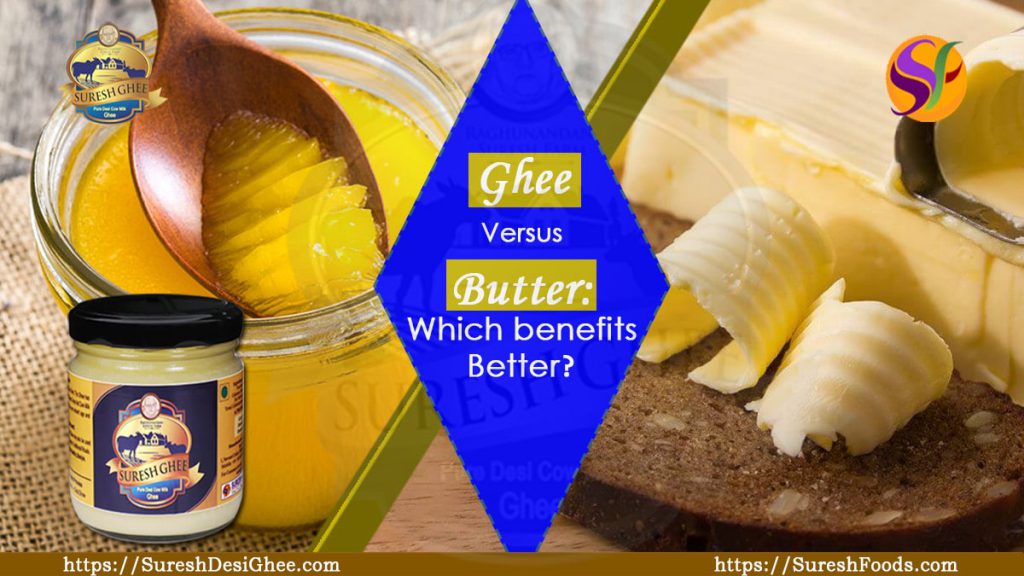
4. Ghee Made From Grass-Fed Cows Contains CLA : Conjugated linoleic acid or CLA is higher in grass-fed beef and in products made from their milk. While research is still diving into the benefits of CLA, initial studies indicate that it may help to reduce tumors, lower cholesterol and high blood pressure, reduce inflammation, and actually lower body fat.
5. Ghee Contains Butyrate, an Essential Short-Chain Fatty Acid: Butyrate, or butyric acid is a short-chain fatty acid that acts as a detoxifier and improves colon health. It’s been shown to support healthy insulin levels, is an anti-inflammatory, and may be helpful for individuals suffering from IBS, Crohn’s disease and ulcerative colitis.
6. Ghee Builds Strong Bones With Vitamin K2: Another one of the fat-soluble vitamins, K2 is essential for the body to help utilize minerals, including calcium. In fact, studies show that Vitamin K builds bones better than calcium.
7. Ghee support Weight loss: Energy from medium-chain fatty acids in ghee actually burn other fats in our system, leading to weight loss. In Ayurvedic practice, ghee is a central part of the diet that is believed to help improve gallbladder function, and jumpstart digestive systems. The belief is that ghee actually attracts other fats and removes toxins that are traditionally difficult to eliminate.
Which types of fat are healthy?
Different types of fat should be included in a healthy diet. Monounsaturated fats and polyunsaturated fats help maintain healthy cholesterol levels and offer protection against heart disease. These essential fatty acids come from olives, nuts, seeds, and fish.
Saturated fats should also be included in a healthy diet. These are known as solid fats because they become solid at room temperature. Saturated fats include animal products like pork, chicken, and beef.
The body breaks down fat and uses it for energy and other processes. Unsaturated fats can lower triglycerides and cholesterol, which is why they are healthier than saturated fats.
Too much-saturated fat in the blood increases cholesterol and causes plaque to form in blood vessels. As a result, it becomes harder for blood and oxygen to travel through the body. This raises the risk for stroke and heart disease.
Even though unsaturated fats are healthier, they should be consumed in moderation. Too much total fat — whether good or bad — can increase cholesterol and the risk of heart disease and stroke.
Is cultured butter is bad or good?
Cultured butter is given a bad rap, but it isn’t bad for your health when consumed in moderation. It’s also a healthier alternative than eating vegetable oil. It doesn’t have trans fats, which are hydrogenated oils found in different types of foods like cookies, cakes, and crackers.
Trans fats are associated with a higher risk of type2 diabetes, clogged arteries, and heart disease. However, it is advisable to eat butter, not more than 6 spoons a day.
Well, if you are looking at calories and fat intake, you can have butter or clarified butter (ghee) as per your taste and choice. Nutritional profiles are also very similar to each other; but removing water content from milk makes ghee, which offers additional benefits like lactose-free, high smoke point etc.
Taste & Usage of Ghee and Butter
Ghee and Butter are both very different tasting and therefore it comes as no surprise that they are used in very different ways. In India, ghee continues to be used for cooking all kinds of dishes.
On special occasions – it’s even used as a cooking medium to fry pooris and paranthas or to make Sooji or Gajar ka halwa. The reason for this is ghee’s ability to withstand high temperatures. It has a higher smoking point which makes it a better choice as compared to butter.
Butter is usually used when making quick sauces like the White Sauce or Béchamel. Butter is also a great choice for sautéing vegetables and especially quick-cooking meats like fish, prawns and crabs. It adds a lovely flavor to the meat and tastes especially good when combined with garlic and herbs.
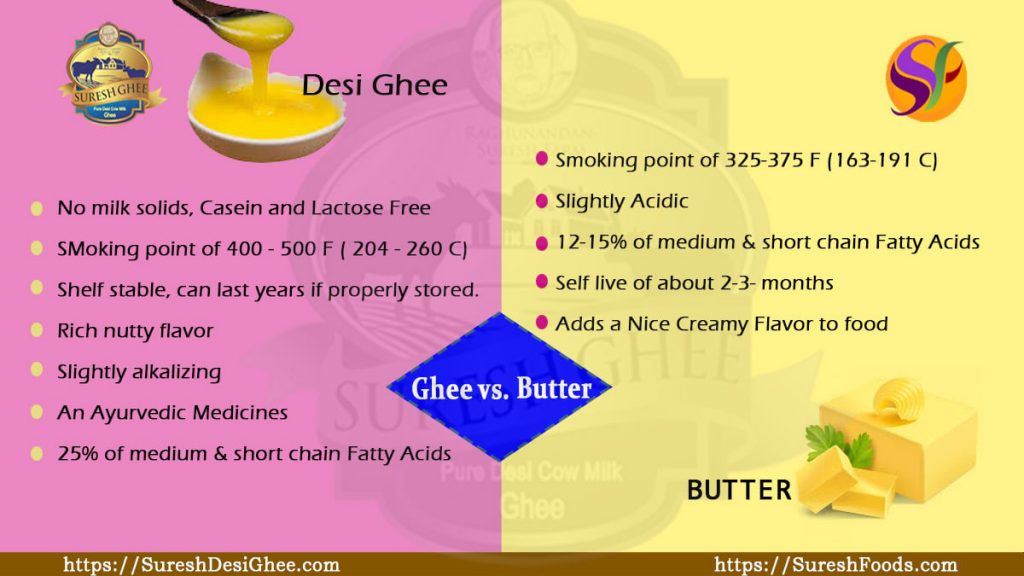
How to store Ghee and Butter
Tips to store Ghee: Traditional ghee can easily be kept outside for three months or even more. Make sure it is kept away from direct sunlight and stored in an air-tight container or glass jar. It should not come in contact with moisture.
Tips to store Butter: In India, the butter needs to be refrigerated for most parts of the year. It’s best to break it into smaller chunks and store them wrapped in butter paper or zip lock bags. It ensures that food crumbs left behind on the butter don’t stay for very long as smaller chunks get consumed quicker.
Butter should not be considered as a bad addition as it does not harm your health when eaten in moderation. One of the healthier substitutes as compared varieties of foods such as cookies, cakes, and crackers. Trans fats are related to a major risk of type 2 diabetes, clogged arteries, and heart issues.
Among multiple methods to utilize ghee while cooking due to its higher smoke point, try to utilize it while sautéing or frying at a higher temperature. Ghee tends to have a nutty flavor, which forms a sweet aroma and enhances a unique taste to dishes by :
– Drizzling melted ghee over warm popcorn or pouring it over freshly steamed vegetables or corn to enhance taste
– letting ghee to get harden at room temperature and applying it over crackers or toast
– Pouring ghee to cooking pans when scrambling eggs to resist sticking
– Adding ghee rather than butter for mashed potatoes or baked potatoes
– Sprinkling ghee over vegetables earlier than roasting for a caramelized texture
Among different types of fat, monounsaturated fats and polyunsaturated fats support in balancing healthy cholesterol levels and provide shielding against heart disease. Such beneficial fatty acids derive from olives, nuts, seeds, and fish. Saturated fats should also be considered in a healthy diet which are known to be solid fats as they tend to become solid at room temperature.
The body tends to break down fat and utilize it for energy and further processes. Unsaturated fats can minimize triglycerides and cholesterol, the reason is why these are healthier as compared to saturated fats. Extreme amounts of saturated fat in the blood gives rise to the cholesterol and resulting in plaque to create in blood vessels which makes it harder for blood and oxygen to pass through the body. Such gives rise to the risk for stroke and heart disease.
Even though unsaturated fats are healthier, they should be consumed in moderation.

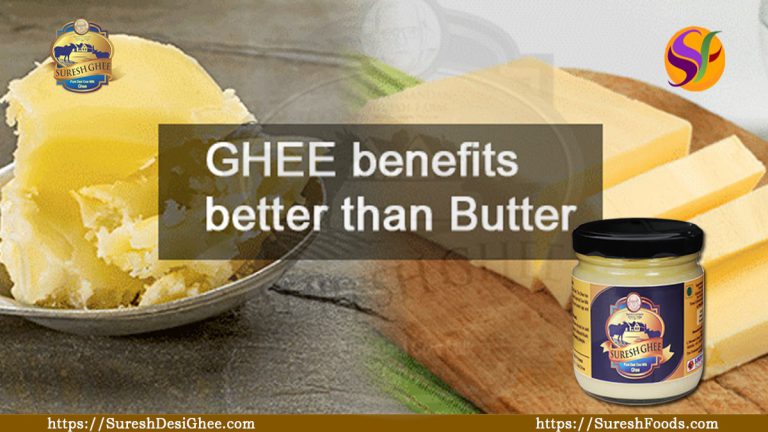


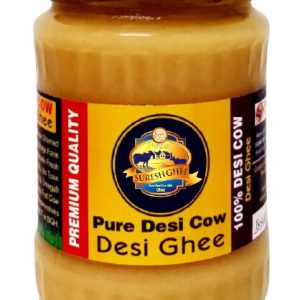
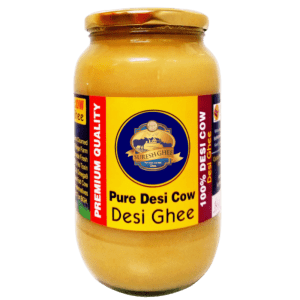
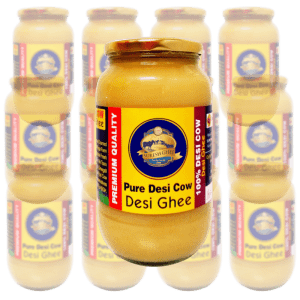
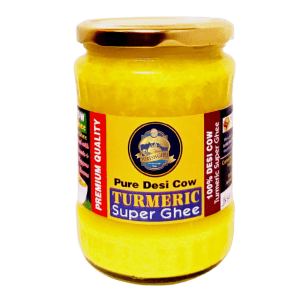
 WhatsApp us
WhatsApp us
Naveen m...